This article was originally published in 2022.
Since February 2022, “made in Glashütte” is a legally protected designation of origin that provides a significantly improved framework and is therefore a more effective protection for watches from the “cradle of German watchmaking.”
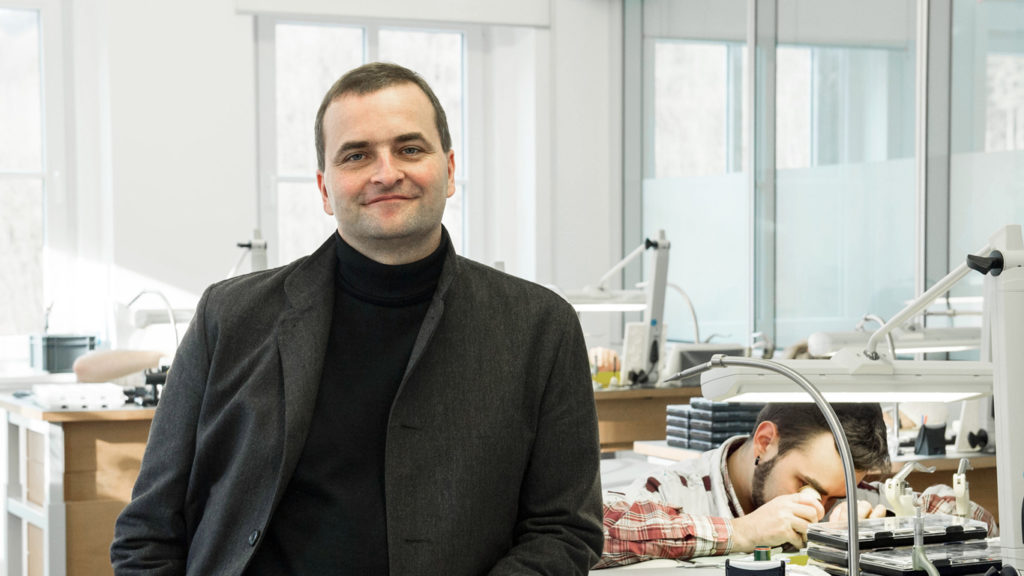
WatchTime met with Uwe Ahrendt, managing director and general partner of the award-winning German watchmaker Nomos Glashütte, to discuss the significance of this milestone for the watchmaking town in Saxony, the latest developments at Nomos and what watch collectors can look forward to in 2022.
“Good design doesn’t want to show off.”
Uwe Ahrendt, Managing Director and General Partner of Nomos Glashütte
With the protected designation of origin, can you tell us in one sentence what the main benefit is for the buyer?With this strictly protected designation of origin that we have for industrial goods here, the customer now has the guarantee that if it says “Glashütte” on it, there’s Glashütte in it, with all the special qualities associated with this place – the criteria have gotten even stronger, and the penalties for counterfeiters are now immense.
And what does it mean for the manufacturing location Glashütte overall?
Recognition for what the people here have been doing for 175 years, a boost in prestige. Protection of investments and, above all, safeguarding the art of watchmaking in Glashütte, securing jobs here for tomorrow and beyond.
Since you were born in Glashütte. What was your first “real” watch?
Not a Glashütte watch. It was an IWC Ingenieur. I bought it in 1992 when I was just that: an engineer at IWC in Schaffhausen, Switzerland.
What made you choose this career path?
After the fall of the Berlin Wall, things didn’t just start up again at the push of a button in Glashütte, that took time. What would happen here, how big and successful the watch industry would become here again, wasn’t really predicted at the start of the 90s either. Good watches mainly meant Swiss-made for me back then. I wanted to learn there, gain experience. I was 23 at the time.
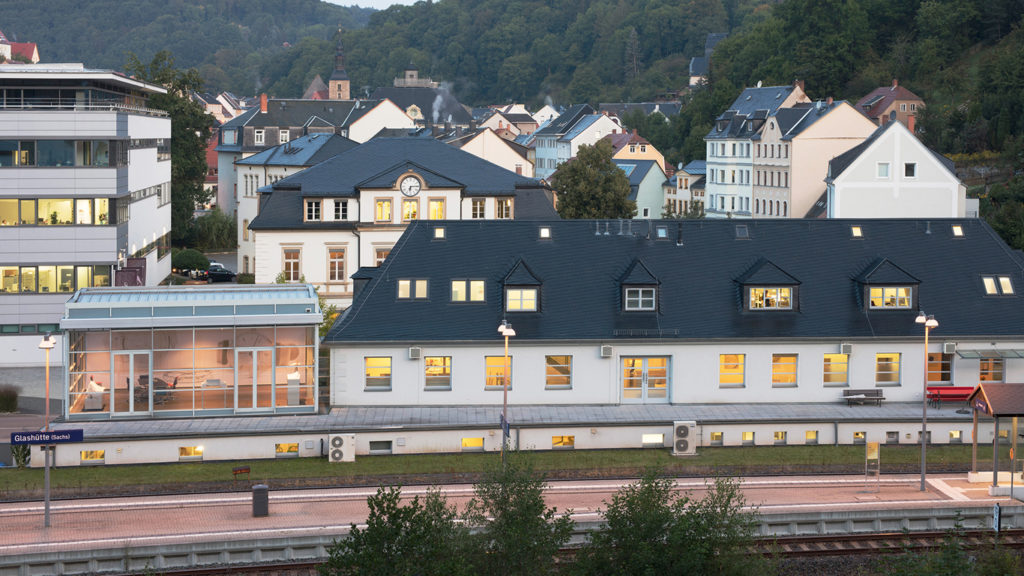
You also happen to be the Vice-Mayor of Glashütte. Isn’t running a watch company already quite challenging?
For one thing, Nomos Glashütte and all watches benefit from Glashütte: from the allure of the town, from its rich history, from the traditional craftsmanship that’s been cultivated here for generations. It’s our desire to give the place something back. Secondly, quite practically, I’m not alone. There are three of us on the management board, and we have 200 employees. Nomos is a well-oiled machine.
What could the Swiss learn from the Germans?
The Swiss build wonderful watches! No, I don’t want to give them any advice; my Swiss counterparts don’t need it. In the past, the Swiss used to send their children to the Glashütte watchmaking school, and vice versa, we also learned a lot from the Swiss. Many Swiss watchmakers have their specialties, and Glashütte has also developed specialties of its very own.
What are the main differences?
While “Swiss made” stands for a whole spectrum of different price classes and categories, from affordable to high-end, the much smaller Glashütte traditionally stands for watches of the finest quality. And there’s one more small but significant difference: Switzerland is, of course, a high-wage country. We can simply manufacture more affordably in Glashütte in Germany. I can quite confidently claim that the price-performance ratio that Nomos offers simply cannot be found in Switzerland. It doesn’t exist.
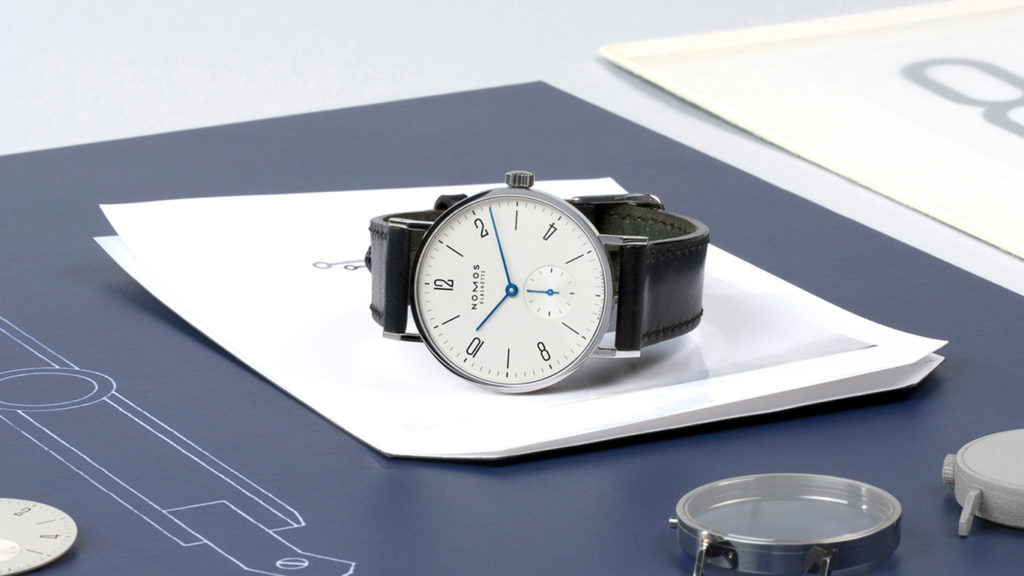
What is the most popular model in the range?
Tangente, for more than 30 years now. It’s our bestseller.
Do you have a favorite Nomos model?
Currently, our new Tangente neomatik platinum gray. Very elegant, a bit more masculine, hefty. We’ve coated the dial with a platinum metal, with the small “neomatik” lettering in gold. This stands for “new automatic” and it distinguishes all our slim, highly efficient automatic watches. The movement and this new watch are a real joy for me.
In 1990, Nomos started with three people working out of a rented flat in the town, how large is the company today?We have almost 200 employees at three locations in Glashütte, and several more in Berlin, New York, Como, Shanghai and Hong Kong. As a result, we manufacture more watches with the “Glashütte” designation of origin than anyone else.
How is Nomos dealing with the current supply chain challenges and increase in demand?
We make just about everything ourselves. But, of course, even if just a seconds hand is missing, the watch isn’t complete. And, due to Corona, like many companies around the world, we had production constraints in Glashütte and couldn’t build quite as much as usual. The fact that so many people, at the same time, are now wanting to invest in valuable pieces that last is something we are clearly sensing. Because of that, we currently have longer waiting times for the majority of our models.
Nomos’ design studio, Berlinerblau, is located in Berlin, around 100 miles away from Glashütte. Does the studio also work for other brands?
No. Berlinerblau is a subsidiary, essentially a department of Nomos Glashütte in Berlin. The office in Berlin works only for us.
Who’s in the lead (when working on a new piece), the designer or the watchmaker?
In keeping with the principles of German Bauhaus, all of our disciplines work hand in hand, on an equal footing. But the go-ahead for a new model comes from our product management, which is affiliated with sales. And then it’s often mostly design engineers and designers who work in collaboration on a new watch.
What do you consider to be “great design?”
Two things in particular impress me. On the one hand, I think it’s remarkable when design manages to be classic, while still making something look modern. In turn, that’s also sustainable, design can prevent things from being tossed aside because they perhaps no longer hold our gaze.
On the other hand, for me the hallmark of good design is that I don’t think too much about the design – because it isn’t obtrusive, doesn’t want to show off, and doesn’t want too much. It supports the function and will never overshadow the owner. In my experience, this is the biggest challenge when it comes to design. And now I’m talking a bit about the Tangente again (laughs).
Nomos has won well over 160 awards for design and quality. What other award would you want to win with Nomos?
Mechanical watches, like ours, made in-house in Glashütte, repairable and timeless in design, are sustainable by nature. Ours especially. So, I’d be delighted to receive the award for the most sustainable “gadget.”
What is your favorite complication?
The updated date mechanism in our new, slim automatic watches: Positioned around the dial, we have created a truly new date display. It gives me an overview of the entire month. And I also think it’s just very beautiful.
What is the one thing people usually don’t know about Nomos?
That we don’t just build one movement ourselves, but all eleven of them. 100% of the movements are built in-house at Nomos Glashütte. That is extremely rare, even in the world of fine watches, and perhaps that’s why no one believes it at first. Hardly anyone knows, but everyone should! So, thank you for this lovely question.
Can luxury and accessibility go together?
Sure. The question is how we define luxury. And luxury has lots of connotations. For some, luxury means watches opulently set with stones, priced far beyond what the average mortal can afford. For me, it means products made for life with love, patience and skilled craftsmanship. Things that are increasingly rare in our world, and that’s exactly what makes them so special. In that respect, yes, our watches are luxury. Nomos watches also have their price, of course. But many people who take pleasure in beautiful watches can also afford a Nomos watch. Some sooner, others later, after all, they are accessible to many.
You produce about 95 percent in-house, what are the 5 percent?
We don’t make rubies ourselves, for example. And also, the balance springs are made according to our calculations on our behalf by a manufacturer in the German Black Forest region.
Looking back, would you have done anything differently/what was your biggest learning?
What would I have done differently? That’s not an easy one. Maybe we shouldn’t have had our flagship store in Zürich; the Swiss have some great watches, so we were a little overconfident there. But perhaps we should have ventured into other areas of internationalization sooner. The development of a mantel clock and a tourbillon many years ago were also spirited ideas, but they weren’t necessary for Nomos per se. With hindsight, we should have built more watches. But other than that? Mistakes are part for the course and, as long as they don’t cost you your neck, you learn from them.
What significance does the U.S. market have for Nomos?
After Germany, the U.S. is our biggest market. People there tick like us Europeans in many respects, and they love good watches from Glashütte. There’s a lot of people there who know a lot about good watches. And there’s immense enthusiasm for our craftsmanship! Besides that, sure, the U.S. is a huge market.
Since 2012, Nomos has collaborated with Doctors Without Borders. What made you choose this NGO?
It was sort of the other way around: The NGO chose Nomos. But, of course, we were happy to oblige. Doctors Without Borders has been one of the most important initiatives in humanitarian aid over the last 50 years. The organization has won a Nobel Prize, it’s known worldwide, enjoys an excellent reputation and it’s extremely picky and demanding when it comes to collaborations like ours. Aside from that, making the world a tiny bit better, helping provide better times – we want to do that too, of course.
What can we look forward to in 2022?
I want to be confident that the world will be in a better place again in the course of this year. That the war in Ukraine ends, that coronavirus releases us from its grip. That’s on the larger scale.
For our small watch manufactory, I’m looking forward to a whole flurry of new models, including a special limited edition. Because that’s always something special for me to this day: when we’ve finished a new watch and launch it on the market. The initial reactions from retailers, the press, our customers.



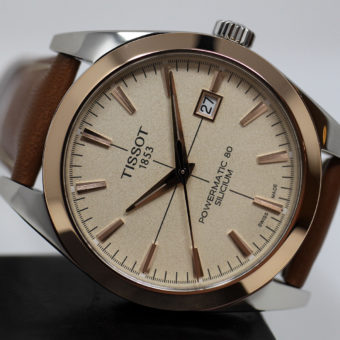
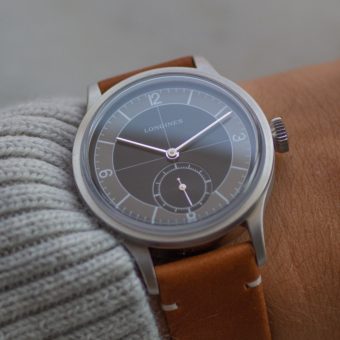
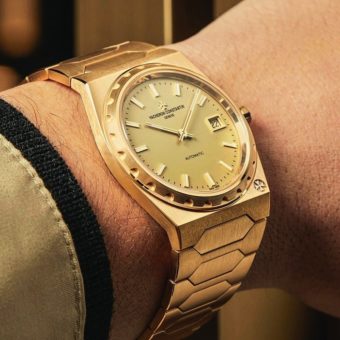
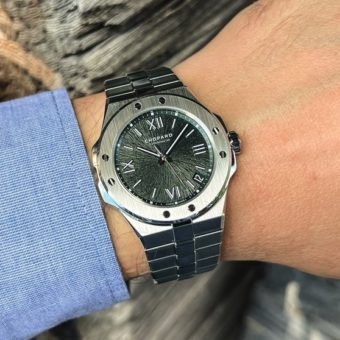
Liked this interview. Very well done. I had always had an interest in Nomos and this makes me think more of them. Great interview.